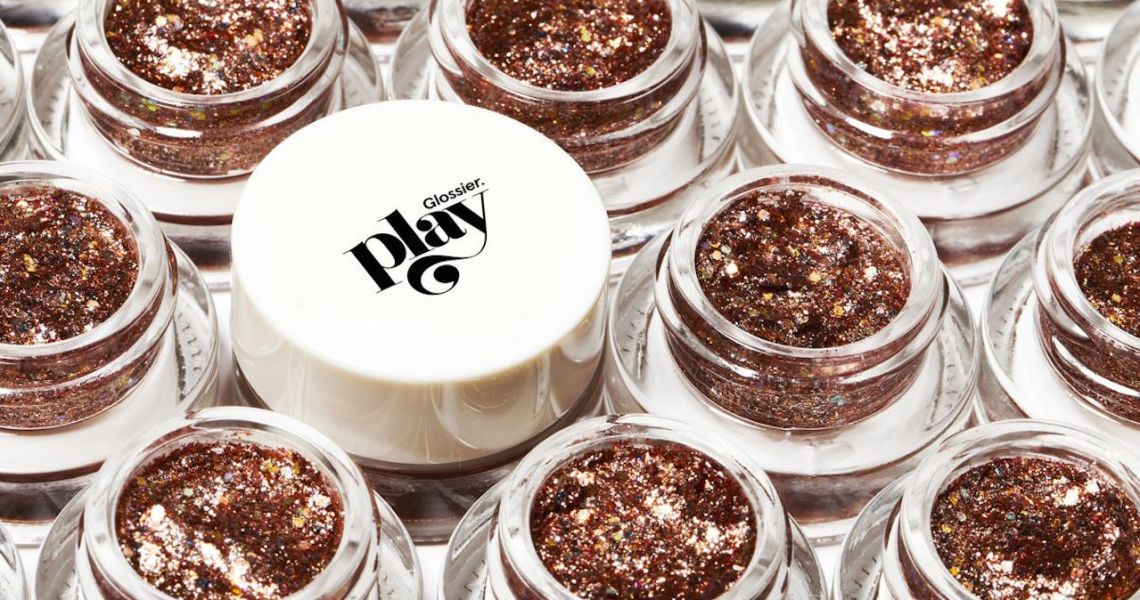Over the past 12 months, beauty brands have increasingly launched sub-brands to acquire customers and grow revenue.
First, there was the fragrance brand Kayali, launched in November 2018 by Huda Beauty. Then came Clarins with the January launch of My Clarins, aimed at millennial women. Tarte debuted a lower-priced brand, Sugar Rush, in February, followed by Glossier with its expansion into more cosmetic products with Glossier Play in March. More recently, in May, Kylie Cosmetics launched Kylie Skin.
The impetus for the creation of sub-brands is largely the hyper-segmentation within beauty (which exists across other industries, too), said Courtney Scharf, svp of research services for consumer insights group Trend Hunter. Because brands have intentionally carved out specific consumer types — think of the distinctive no-makeup makeup look and archetype of Glossier girls — those brands then have to develop new brands to expand their appeal to different consumers. And, while some brands like cosmetics brand Too Faced are trying to branch out into new categories like skin care within their core brands, that transition can be difficult for consumers to accept and therefore gives brands more reason to try and start from scratch.
“Consumers today expect brands to reflect who they are and who they want to be, so if a brand like Glossier were to branch out to glamorous, highly pigmented makeup without that separation of a sub-brand, they could very well end up alienating the fanbase that drove their initial popularity,” said Scharf.
A brand’s and sub-brand’s creation process and operations often vary, depending on whether the original brand is a relative newcomer or a heritage company. Conglomerate companies typically have two options for significant innovations — buy or build. They can acquire a brand to fill a whitespace or build it out themselves since they have larger, more experienced teams and bigger budgets. For example, Clarins assessed that it had the brand equity and means to create their own millennial-targeted brand with My Clarins and relied on the established research and development operations of the parent brand to do so, in addition to in-house marketing and communications teams.
“What our [young] consumer is looking for is a balanced, healthy diet to stay in shape. So, to ensure the [same wellness] for their skin, Clarins laboratories have developed My Clarins,” with more natural and botanically-derived ingredients said Marie Helene Lair, Clarins’ scientific communications director. In addition to traditional retail partners like Macy’s and Ulta, My Clarins is sold through new partners, like online clothing retailer Asos. Meanwhile, Sugar Rush by Tarte appears to only be sold through TarteCosmetics.com and at Ulta. Tarte declined to comment for this story.
Younger companies, on the other hand, are building out dedicated teams for their new brands. For her standalone fragrance brand, Kayali, influencer and Huda Beauty founder Huda Kattan appointed new teams for its product development and marketing. The brands rely on the same finance and supply chain teams, however, and a LinkedIn posting seeking a packaging designer indicates that the role would be responsible for both brands, as well. Founded in 2013, Huda Beauty has been valued at $1.2 billion by private equity firm TSG Consumer Partners, which acquired an undisclosed minority stake in December 2017.
Ad position: web_incontent_pos1
Kylie Skin was also built out separately from Kylie Cosmetics, per an Instagram post by Kylie Jenner on May 10. But the reason for this is somewhat distinct from the efforts of Huda Beauty because Jenner’s first brand Kylie Cosmetics is mostly run by vertically-integrated company Seed Beauty. According to Richie Siegel at Loose Threads, it appears that no one from Seed Beauty’s team is working on Kylie Skin, likely as an effort to create a brand worth acquiring by a company such as Coty Inc.
The primary exception to this rule is Glossier, which built Glossier Play entirely in-house and with the same teams that manage Glossier. Currently, Glossier is comprised of one-third tech positions, and those positions will eventually reach 50 percent. According to Ali Weiss, Glossier svp of marketing, the decision to approach Glossier Play as a sub-brand was motivated by a desire to “carve out a new way for our customers to ‘play’ and participate in Glossier.” The company declined to cite sales expectations but said 82% of Glossier Play purchases also contained Glossier products, and that the majority of customers buying Glossier Play are repeat customers.
“We saw an opportunity to push our creative and product development boundaries while staying committed to creating something that clearly fit within the Glossier universe,” she said.




